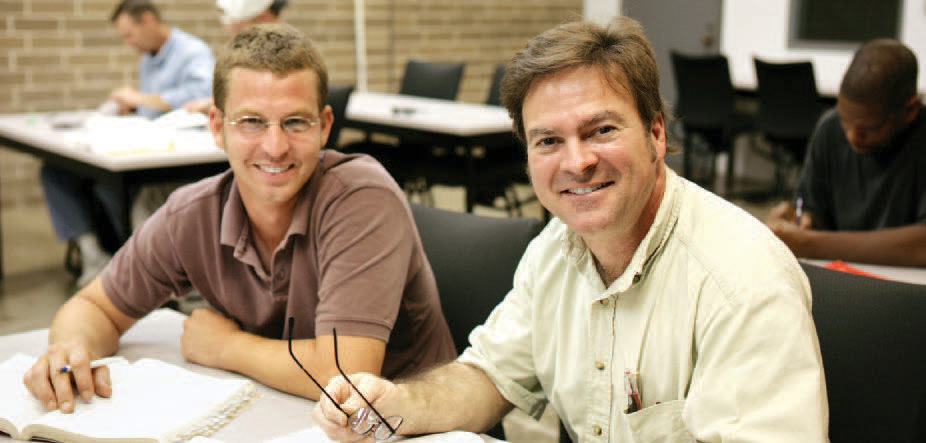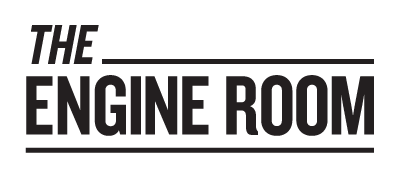We believe that by tailoring Implementation Tools to the specific needs of the organization and the root cause findings of the Operational Safety Diagnostic, we provide razor focus to the specific areas of safety leadership development that require improvement and the specific safety leadership gaps that may be affecting them.

Safety Leadership Development
Safety leadership implementation involves the utilization of multiple tools at different density levels to achieve maximum retention, application and anchoring of safety leadership skill sets. These tools include classroom training, hands on boots on the ground in-field coaching and access to an extensive pool of tailored operational safety, leadership and management resources.
To maximize operational efficiency Engine Room safety leadership development works to create as little disruption to daily operations as possible and, as such, we limit the amount of time project participants are pulled out of their workplace or daily routines to attend classroom training sessions.
Safety Leadership Training
Implementation of safety leadership training to the target working groups, which includes an introduction to safety leadership behaviours, error reduction practices and in-field safety tools and systems. Safety leadership training sessions are specifically designed to introduce the theory, knowledge and practices of safety leadership and error reduction, and therefore are executed quickly to create more focus on the application and implementation aspects of safety leadership and error reduction in the field – where it matters most.
Companies that excel in safety performance understand it is incumbent on the company to go beyond telling an employee to do something in training. Behaviours must be repeated at a high enough frequency over a period of time to become a habit. This reality means that the development process always extends beyond most company’s initial training programs.

Safety Leadership Coaching
Field roll-out and safety leadership acceleration through in-field coaching with the target leadership groups in application strategies and techniques to increase individual capability as safety leaders, contribute effectively to error reduction, and avoid the serious pitfalls which increase error rates. This is hands-on, boots-on-the-ground habit creation and anchoring, with a focus on building robust safety habits and skill-sets for properly assessing risk and safely executing day-to-day work.
Coaching is done on the job, during daily operations in order to provide targeted coaching to address specific and current needs. This is done deliberately in order to re-enforce and anchor desired safety behaviours in the specific environments supervisors and managers are exposed to. This results in improved timely decision-making, greater independence and a more collaborative work place environment.

Safety Leadership 6-Month Acceleration Program






Building Capability Fast and Sustaining Performance
Every engagement is completely tailored to the specific needs of the organization we are working alongside with the mandate of building capability fast with little to no disruption to ongoing operations removing the initiative overload dilemma many organizations find themselves in. Engagements are designed to align with and accelerate current internal leadership programs in order to expedite the progress organizations have already made.
For the implementation phase, safety leadership development options are dependent on the pace that is most appropriate for the client and the opportunities that present themselves. Implementation coaching densities can be increased or reduced based on project needs or budgets and is typically guided by the findings from the operational safety diagnostic.
Safety improvement projects involve on-the-job training and coaching for targeted supervisors and managers as a key part of the engagement. We have found that one Engine Room coach can effectively work with roughly 10-15 primary coaching targets at a time, provided the group is reasonably co-located. But if the target group is spread out geographically, estimates are revisited to reflect travel time.
The two factors which affect the budget of an Engine Room engagement are the density and the duration. The density is the number of days per month a coach spends at the client site. For safety improvement projects, we have found that 2 to 3 visits to the client’s location per month is a good rule of thumb and that each visit should be a minimum of 3 days long. That number can rise if the coach is supporting multiple areas or larger numbers of supervisors and managers, but 8 to 12 days per month is a reasonable budgetary starting position.
The duration of a coaching project ought to reflect the size of the step change required in safety leadership skills within the target group. We often find that safety improvement projects last between 6 to 8 months, however specific estimates require an opportunity to understand organizational goals and the findings from the needs assessment of the target group.

